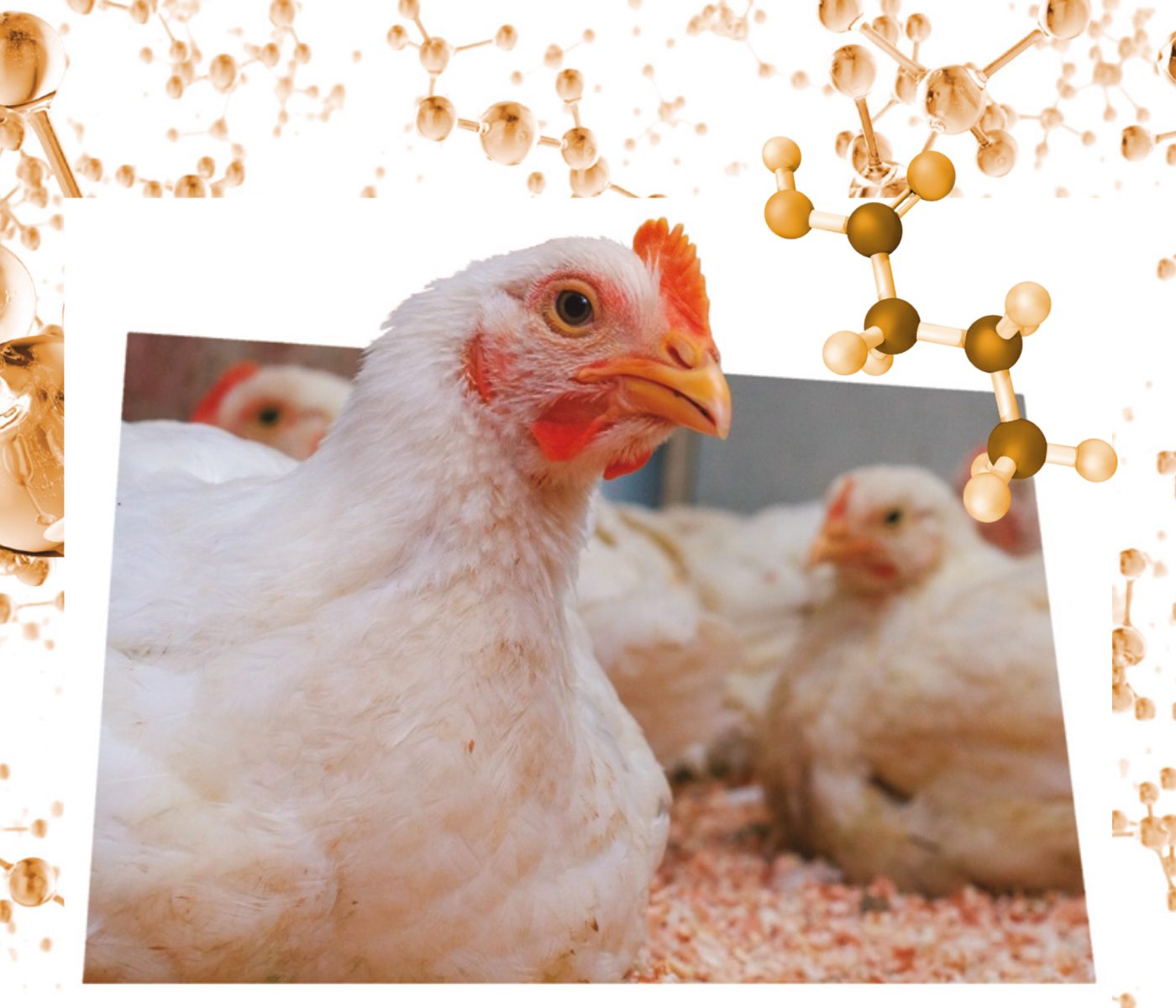 28 Jul 2022
28 Jul 2022
Butyric acid inclusion as a nutritional strategy represents a potential alternative to antibiotics in broiler nutrition.
Concern about food safety as well as the impact of food chemical waste on human health has gradually increased in recent years, causing the animal production industry to seek significant solutions and undergo major transformations. Added to this, due to the restriction of antibiotics in 2006 by the European Union, there was a need to look for alternatives that can replace them (Widiastuti et al., 2019). Butyric acid is one of the most widely used zootechnical additives in diets for broilers, being involved in the:
![]() development of intestinal wall tissues
development of intestinal wall tissues
![]() modulation of the intestinal microbiota
modulation of the intestinal microbiota
![]()
in addition to contributing to the improvement of immunity (Dauksiene et al., 2021).
According to Sengupta et al. (2006), butyric acid has a direct effect on the proliferation, maturation and differentiation of mucosal cells, because it can influence gene expression and protein synthesis, as well influencing the growth and height of villi. Resulting in an increased absorption surface within the small intestine, and optimized nutrient utilization.
 Butyric acid represents one of the most effective feed additives used in animal nutrition as it enhances intestinal health resulting in greater nutrient absorption throughout the gastrointestinal tract. As well as serving as an energy source for enterocytes. In addition, it contributes to reducing the negative effects caused by stress or diseases which tend to affect animal performance (Imran et al., 2018; Balta et al., 2021).
Butyric acid represents one of the most effective feed additives used in animal nutrition as it enhances intestinal health resulting in greater nutrient absorption throughout the gastrointestinal tract. As well as serving as an energy source for enterocytes. In addition, it contributes to reducing the negative effects caused by stress or diseases which tend to affect animal performance (Imran et al., 2018; Balta et al., 2021).
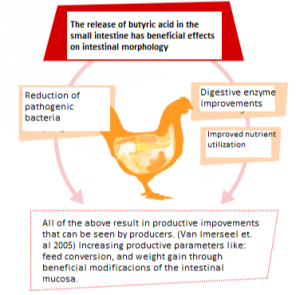
Short chain fatty acids, such as butyric acid, are rapidly absorbed and metabolized by mucosal cells. Thus, when birds ingest their diet, absorption and metabolization begin within the crop mucosa and can continue throughout the gastrointestinal tract. This limits the amount of butyric acid that actually reaches the small intestine, restricting its practical use in animal production (Kaczmarek et al., 2016).
Microencapsulation was developed with the aim of improving protection, bioavailability and controlled release of butyric acid within the animal’s organism. Considering the fact that much of the supplied acid becomes dissociated and absorbed before it even reaches the intestine, impairing its effectiveness along the gastrointestinal tract were pH values tend to be more alkaline.
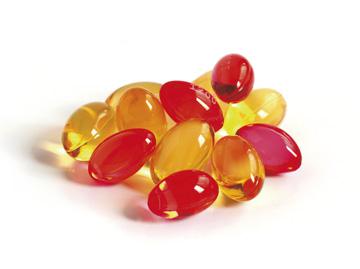
With the purpose of promoting a slow and continuous release of this acid along the digestive tract, the microencapsulation technique was developed. This method consists of small particles or droplets that are surrounded by a uniform film made up of carbohydrates, cellulose, lipids or proteins. Resulting in small spherical capsules with a uniform wall (Jyothi Sri et al., 2012).
| This method permits a slow release of the acid after the bird consumes it. Allowing the acid to reach the intestinal tract and cecums without being previously dissociated in other organs. Resulting in a better absorption(Van Immerseel et al., 2003). |
Sodium butyrate (SB) is a short-chain fatty acid formed after butyric acid is chlorinated by the mineral sodium (Na+2), and its molecular formula is CưH₇OưNa. Since it has greater stability, a less intense odor,as well as having positive effects on performance and intestinal integrity, it is the most commonly used alternative in broiler diets(Jiang et al., 2015; Lan et al).
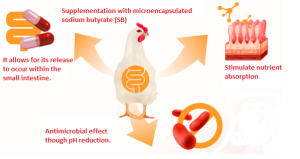
Considering its multifunctionality and high efficiency, sodium butyrate represents a significant strategy to improve production and health parameters in poultry(Miao et al., 2021).[register]
| The following is a short literature review of previous studies and results regarding the use of sodium butyrate in poultry diets: |

Kaczmarek et al. (2016) when evaluating the performance of broilers in the period from 1 to 14 days of age, they did not observe differences between diets supplemented with microencapsulated sodium butyrate at doses of 200 mg/kg, 300 mg/kg and 400 mg/kg. Sikandar et al. (2017) found no differences in the performance of broilers at 14 days of age, receiving diets containing 500 mg/kg and 1,000 mg/kg of microencapsulated sodium butyrate. Levy et al. (2015) when analyzing kance of broilers, at 21 days, fed 0, 100, 200, 300, 400 and 500 mg/kg of encapsulated butyric acid, observed lower diet intake with the highest acid dosage and worsening of feed conversion. Likewise, Imran et al. (2018) when testing different doses (250, 350 and 450 mg/kg) of microencapsulated butyric acid in the diet of broilers indicated a decrease in the consumption of broilers when they received diets with the highest amount of acid. Wu et al. (2018) there was no difference in the performance of broilers at 21 days of age, fed different doses of sodium butyrate (200, 400, 800 and 1,000 mg/kg) and antibiotic. Lan et al. (2020) when evaluating the effects of BS in broilers, they noticed an improvement in performance, in which birds linearly increased the average daily weight gain. BS supplementation increased the relative length of the duodenum, jejunum, and ileus, as well as improved intestinal structure, increasing villi height in the jejunum and ileum, in addition to the caliciform cell count in the duodenum, jejunum and ileum.

Wang et al. (2021) in his research with butyric acid found that body Sikandar et al. (2017)weight increased at the beginning of the rearing phase (7 and 14 days) compared to birds that did not receive any type of additive. In addition, there was an increase in the height of duodenal villi at 20 and 33 days of age. The increase in villi height was predictable, as enterocytes use butyric acid as an energy source, resulting in the development of villi. Butyric acid induces gene expression and protein production, making the intestinal epithelial barrier less permeable to pathogens and toxins, which can contribute to the development and maturity of intestinal health. Boling et al. (2000), Abdel-Fattah et al. (2008) and Kana et al. (2011) reported that higher levels of acids incorporated into the diet decreased feed intake by birds, which may be due to the palatability of acidified diets during the first days. However, in the subsequent stages of rearing, birds tend to adapt to the acidification of diets.

| Final Considerations |
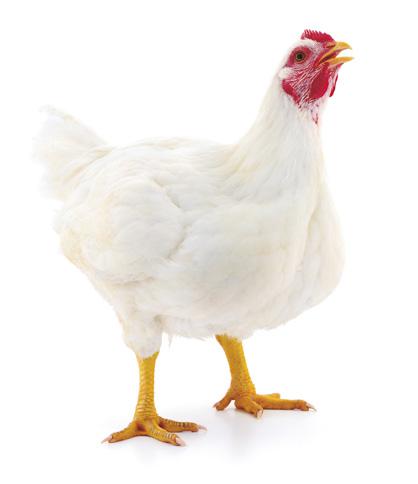 Several results have been reported, and the differences in the responses found may be due to the available content of sodium butyrate, animal age, immune status and hygiene of the environment. Microencapsulated sodium butyrate can be used as an alternative to the chemical antimicrobial, however, it is important to consider the dosage to be used in animal diets, since many studies have not defined a correct dose.
Several results have been reported, and the differences in the responses found may be due to the available content of sodium butyrate, animal age, immune status and hygiene of the environment. Microencapsulated sodium butyrate can be used as an alternative to the chemical antimicrobial, however, it is important to consider the dosage to be used in animal diets, since many studies have not defined a correct dose.
Subscribe now to the technical magazine of animal nutrition
AUTHORS

Nutritional Interventions to Improve Fertility in Male Broiler Breeders
Edgar Oviedo
The Use of Organic Acids in Poultry: A Natural Path to Health and Productivity
M. Naeem
Synergistic Benefits of Prebiotics and Probiotics in Poultry, Swine, and Cattle
Gustavo Adolfo Quintana-Ospina
Hybrid Rye Potential in Laying Hen Feed Rations
Gwendolyn Jones
A day in the life of phosphorus in pigs: Part I
Rafael Duran Giménez-Rico
Use of enzymes in diets for ruminants
Braulio de la Calle Campos
Minerals and Hoof Health in the Pregnant Sow
Juan Gabriel Espino
Impact of Oxidized Fats on Swine Reproduction and Offspring
Maria Alejandra Perez Alvarado